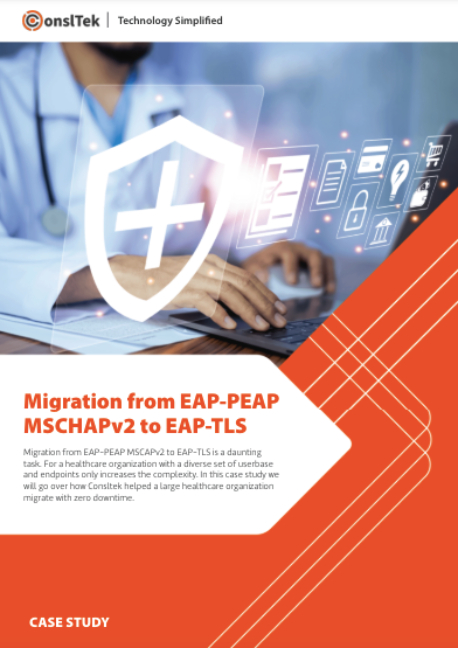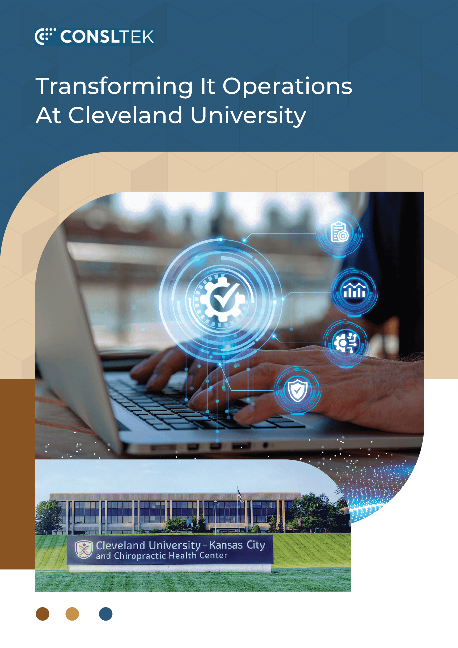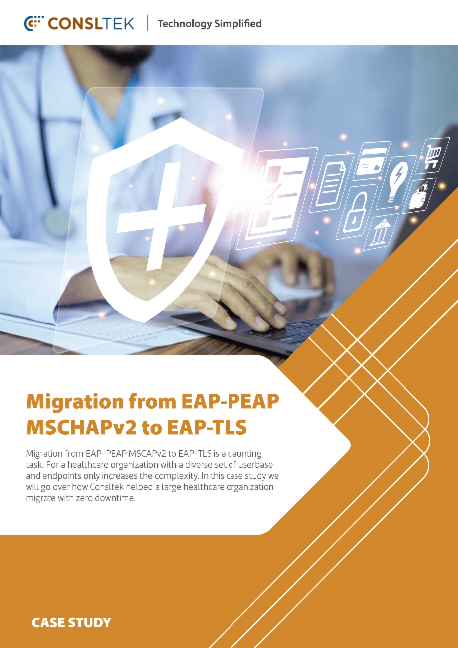Video Title Goes Here, If Any
Introduction
Secure Access Service Edge (SASE) emerges as a transformative approach that converges networking and security into a unified, cloud-native service.
SASE empowers healthcare organizations to address the unique challenges of securing access by providing comprehensive protection and seamless connectivity across all users, devices, and locations.
This comprehensive strategic roadmap outlines the essential steps for organizations to successfully implement SASE, encompassing network transformation, security consolidation, policy orchestration, and continuous monitoring.
Assessment and Planning
• Conduct a thorough audit of your organization’s existing network infrastructure, identifying bottlenecks, legacy systems, and vulnerabilities that hinder performance and compromise secure access to business applications and data.
• Create a strategic plan to address these vulnerabilities and upgrade the network to support modern IT requirements, including secure access from various devices and locations, data privacy compliance, and support for emerging technologies.
Cloud Connectivity
• Implement robust encryption and authentication mechanisms to protect sensitive data during transmission and storage in the cloud.
• Ensure compliance with relevant data privacy regulations and industry standards for cloud data protection.
SD-WAN Deployment
• Configure SD-WAN policies to prioritize business-critical applications and ensure seamless connectivity across multiple locations and cloud environments.
• Integrate SD-WAN with existing security solutions to provide comprehensive protection against cyber threats.
Zero Trust Network Access (ZTNA)
• Implement a ZTNA solution to enforce granular access controls based on user identity, device, and application, ensuring that only authorized users and devices can access specific resources.
• Continuously verify user and device trust through risk-based authentication and ongoing monitoring to prevent unauthorized access.
Step 2: Security Consolidation
Cloud-Based Security Services
• Centralize security management by utilizing a single, cloud-based platform that provides visibility into all security events and allows for quick response and remediation.
• Ensure that cloud-based security services are integrated with existing security infrastructure for seamless and comprehensive protection.
Next-Generation Firewall (NGFW)
• Configure firewall rules to allow only authorized traffic and block malicious traffic attempts.
• Monitor firewall logs for suspicious activity and respond promptly to security alerts.
Secure Web Gateway (SWG)
• Enforce web access policies to control user access to specific websites and categories of websites.
• Monitor web traffic for suspicious activity and block access to malicious websites.
Cloud Access Security Broker (CASB)
• Enforce granular access controls, data encryption, and activity monitoring for cloud applications.
• Ensure compliance with relevant data privacy regulations and industry standards for cloud security.
Data Loss Prevention (DLP)
• Utilize a DLP solution to prevent sensitive patient information from being leaked or exfiltrated.
• Configure DLP policies to identify and protect sensitive data types, such as personally identifiable information (PII), protected health information (PHI), and intellectual property.
• Monitor data transfers and activities for suspicious behavior and take appropriate actions to prevent data breaches.
Step 3: Policy Orchestration
• Configure policies based on user identity, device type, application, and location, ensuring that access to sensitive data is restricted to authorized individuals and devices.
• Continuously monitor and update policies to adapt to changing threats and regulatory requirements.
Step 4: Continuous Monitoring
• Integrate threat intelligence feeds into the monitoring system to stay informed about emerging threats and proactively address them.
• Establish a dedicated security operations center (SOC) staffed with skilled security analysts to monitor alerts, investigate incidents, and respond to security threats.



















